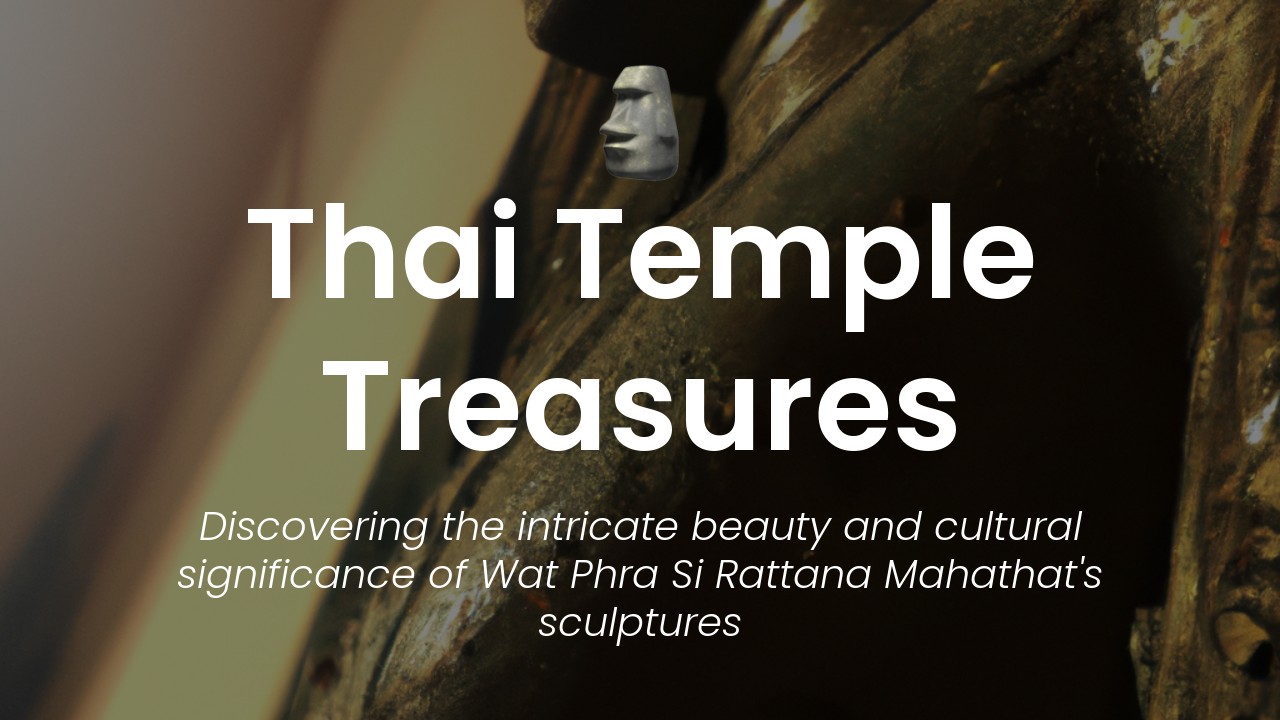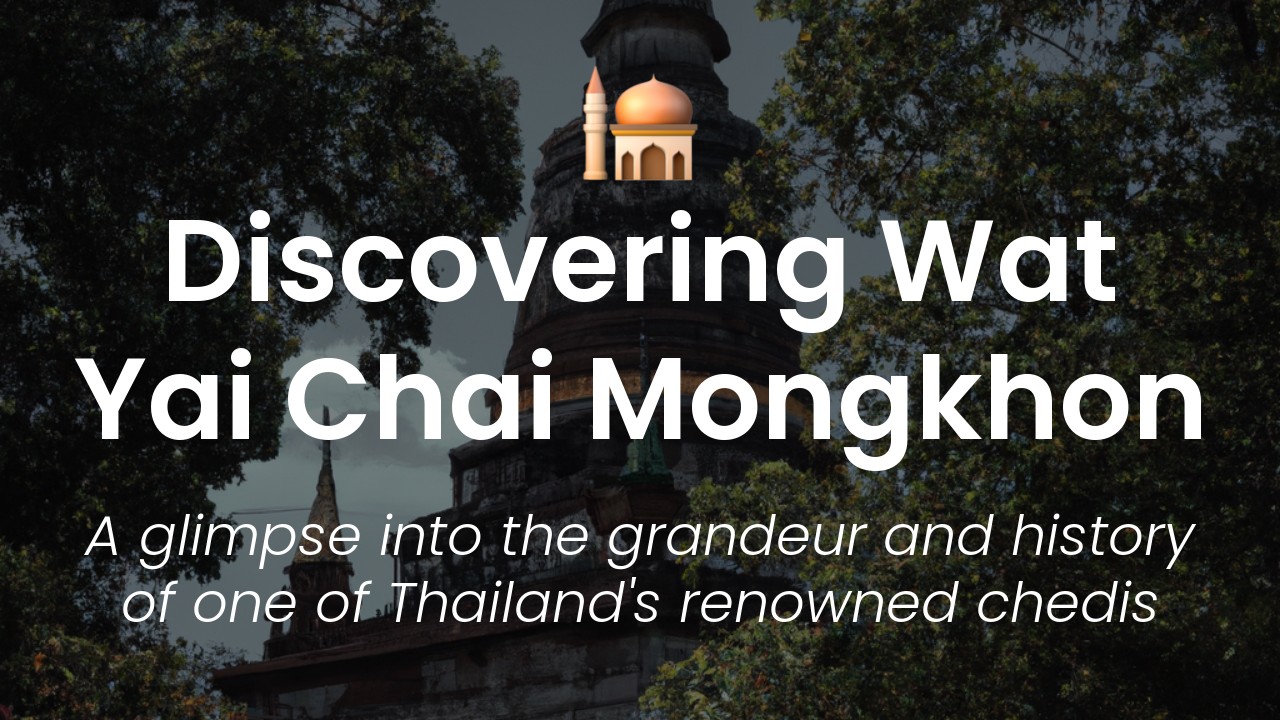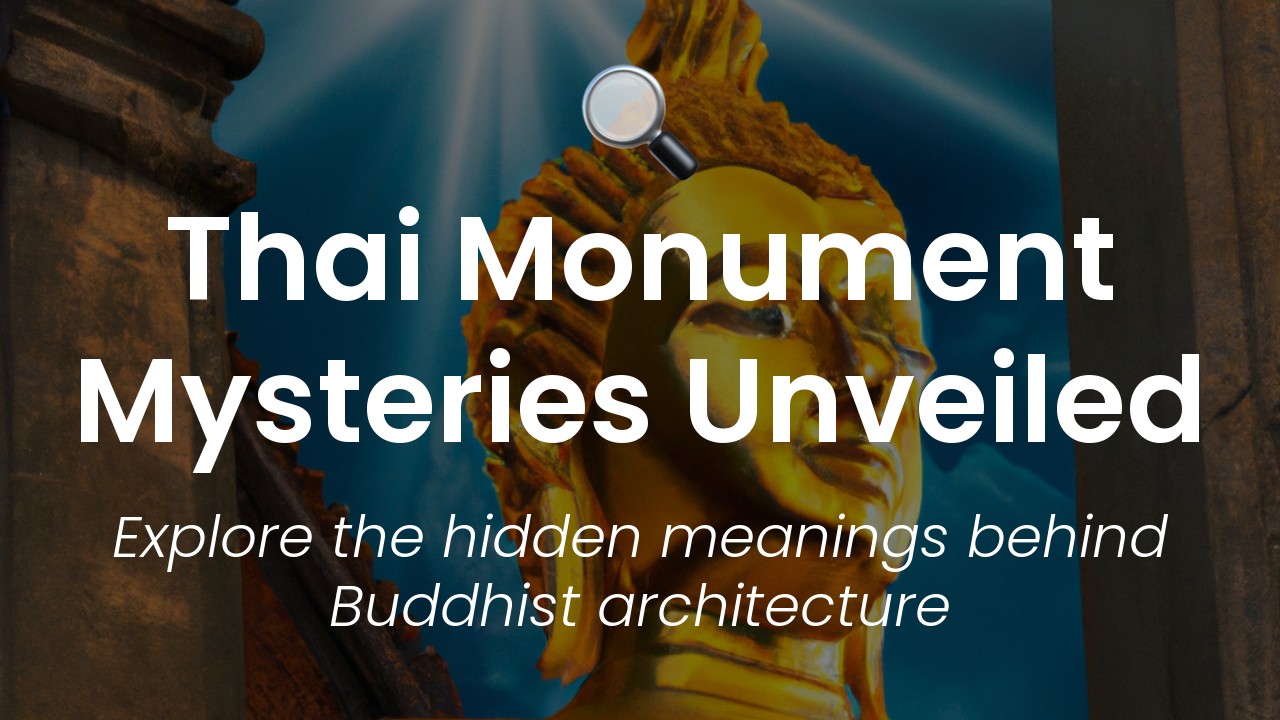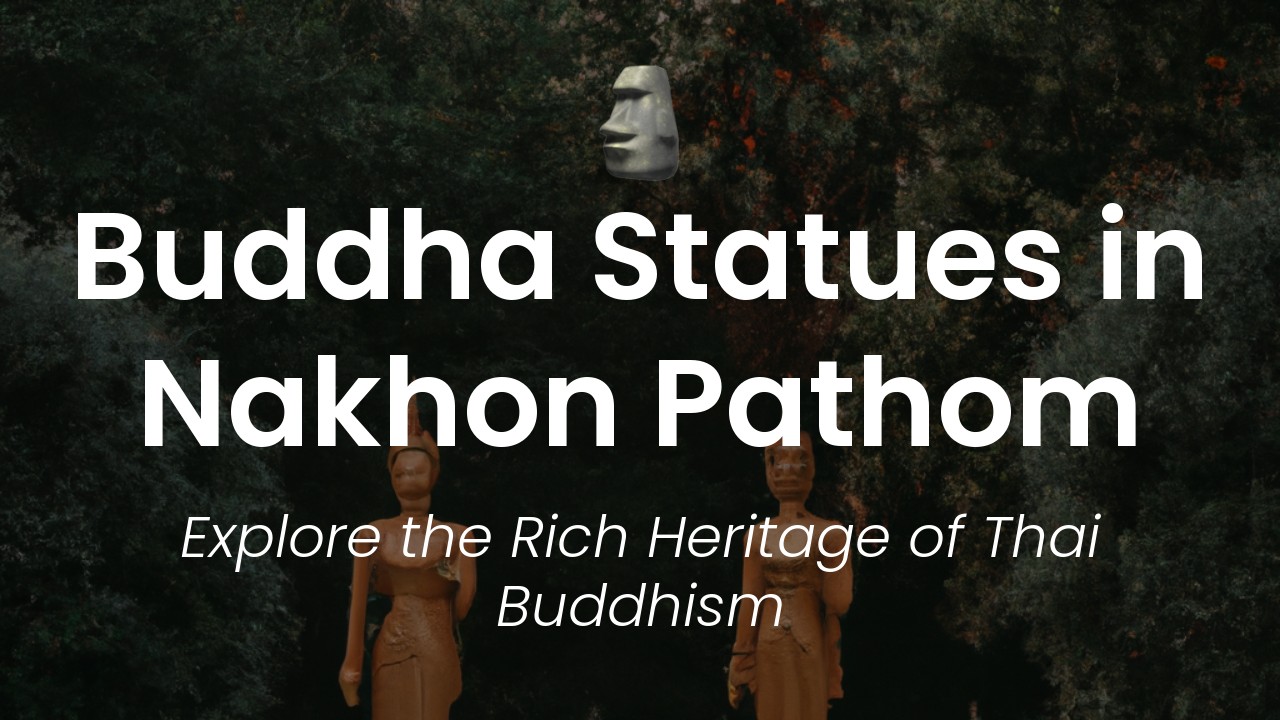I have always been a lover of Thai history and culture. As a frequent traveler to Thailand, I love exploring the country's rich and diverse heritage. Amongst the many remarkable places to visit in Thailand, one that has always fascinated me is Wat Traimit, also known as the Temple of the Golden Buddha.
Located in Bangkok's bustling Chinatown district, Wat Traimit is known all over the world for its enormous and exceptionally beautiful Golden Buddha statue. At over five meters tall and weighing an astonishing five and a half tons, the statue of the Golden Buddha is an awe-inspiring sight to behold. But it's not just its impressive size that makes it a must-visit landmark. What makes the Golden Buddha of Wat Traimit truly special is its incredible backstory, which I aim to uncover in this blog post.
As I explored the temple grounds, I was immediately struck by its peaceful atmosphere and timeless beauty. Surrounded by ancient brick walls and ornate carvings, the temple provides a serene sanctuary amidst the hustle and bustle of the nearby Chinatown shops and markets. However, it's inside the temple's grand hall where the statue of the Golden Buddha is housed – and that's where the story truly begins.
History of the Golden Buddha
Wat Traimit is one of the most famous temples in Bangkok. The temple is most well-known for its Golden Buddha statue, which is said to be the largest solid gold statue in the world. But what is the history behind the Golden Buddha? How did it end up in Wat Traimit? Let's take a deeper look.
The story behind the Golden Buddha starts in the year 1200, during the Sukhothai period in Thailand. At this time, the Sukhothai kingdom was flourishing and Buddhism was becoming more and more important. The king of Sukhothai, King Ramkhamhaeng, was a devout Buddhist and he commissioned a number of temples and statues to be built during his reign.
One of these statues was a large Buddha made of solid gold. The statue was so well-regarded that it became a symbol of the Sukhothai kingdom. However, during the Ayutthaya period, which came after the Sukhothai period, the kingdom fell into decline and the Golden Buddha was no longer seen as a symbol of power.
In fact, the Golden Buddha was forgotten about entirely. It was covered in plaster and left in a temple in Ayutthaya for centuries. It wasn't until the late 1700s that the statue was rediscovered.
The Discovery of the Golden Buddha
The story goes that a new temple was being built in Ayutthaya when the workers accidentally dropped the plaster-covered Buddha statue they were moving. The plaster cracked and revealed a glimpse of gold underneath. When the workers removed all the plaster, they discovered the Golden Buddha in all its glory.
It's unclear exactly when the Golden Buddha was moved from Ayutthaya to Bangkok, but it's likely that it was sometime in the early 1800s. At that time, Rama III was king of Thailand and he commissioned the construction of a new temple to house the Golden Buddha.
This temple was Wat Traimit, which is still standing today. The temple was completed in 1837 and the Golden Buddha was installed in the main hall. Over the years, Wat Traimit has been renovated and expanded, but the Golden Buddha has remained its most famous and important feature.
How the Buddha was Made
So how was the Golden Buddha originally made? According to historians, the statue was created using a technique called lost-wax casting. This involves creating a mold of the desired object, then pouring molten metal into the mold. Once the metal has cooled and hardened, the mold is removed and the final product is polished and finished.
The Golden Buddha was likely made using this technique, although there is some debate among experts about exactly how it was created. It's possible that the statue was cast in multiple pieces and then soldered together, rather than being cast as one solid piece.
The Composition of the Golden Buddha
One of the most intriguing aspects of the Golden Buddha is its composition. According to experts, the statue is made of solid gold and is estimated to weigh around 5.5 tonnes. The gold used to create the statue is believed to be around 18 karats, which means it is about 75% pure gold.
Interestingly, the gold used to create the Golden Buddha is thought to have come from the mines of Pahang in Malaysia. This suggests that the Sukhothai kingdom had access to a wide range of resources and was able to trade with other countries.
The Symbolism Behind the Golden Buddha
The Golden Buddha is a powerful symbol in Thai culture and Buddhism. The statue represents the purity and enlightenment that can be achieved through following the teachings of Buddha. It's also a symbol of prosperity and good luck, which is why many people come to Wat Traimit to offer prayers and make offerings to the Golden Buddha.
There is also a legend that the Golden Buddha has the power to grant wishes. According to the legend, if you touch the feet of the Buddha and make a wish, your wish will come true. As a result, the feet of the Golden Buddha are among the most well-worn parts of the statue.
Impact of the Golden Buddha on Buddhism
The Golden Buddha has had a significant impact on Buddhism in Thailand and beyond. The statue has become a symbol of Thailand's rich cultural heritage and has helped to promote Buddhism to people around the world. It's also a reminder that sometimes the most valuable things in life can be hidden away and forgotten, only to be rediscovered and celebrated later.
Overall, the Golden Buddha is a fascinating piece of history and an amazing work of art. If you're ever in Bangkok, be sure to visit Wat Traimit and pay your respects to the Golden Buddha. You never know, your wish just might come true.







